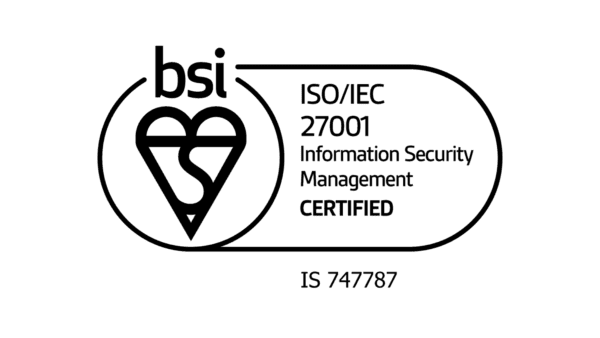I’ve got lots of Users, what security levels can I set?
User levels within Signagelive are a recurring conversation, everyone has a different opinion of what different Users should have access to, and that differs organisation to organisation.
I thought it would be a great idea to recap what we have now, and then open up a forum for you all to give us your feedback on how you think it can be improved.
So within Signagelive there are currently 5 different User Roles:
- Administrator
- User
- Read only
- Custom RSS Editor
- Local User
There is quite a lot of flexibility when it comes to Custom RSS Editors and Local Users, which I’ll come on to explain.
What does each of these levels give you?
Administrator
The Administrator role is just as you would think, they have access to everything within a Network. They are the only Users who can Manage Licences and Users. So they can add Licenses to a Network, including new and renewals, and they can add Users, set their role and set up which Players Local Users have access too.
The only Users Administrators can’t affect are other Administrators. They can add them, but not remove them.
User
A User has access to all of the main features within Signagelive, they can Upload Content, create Playlists and Layouts, create and edit Message Manager Templates and Publish content to Players.
The only parts they don’t have access to change are Licences and Users. Although they can view them, but they only have read access.
Read Only
As the name suggests, these Users have access to all of Signagelive, but they only have Read only access. They can view all sections, even as far as conditional playback settings on an Asset in a Playlist.
Its a great way to give someone reviewer type access, without letting them changing things, they can just ask the User who is in control of that section.
Custom RSS Editor
Giving a User Custom RSS Editor privileges, means that they only get access to the Message Manager application, not Signagelive.
But just giving them this role doesn’t actually give them access to any Message Manager Templates to edit, you need to do this on a Template by Template basis.
Therefore you can have many different Templates and many different Users, but each one only has access to edit the text content on the Templates which are relevant to them.
Great for QSR Menu Boards, they can control the products on the menu and the prices, but they can’t change the font, background image or location of the text, so all the design control is left to you.
Local User
What does “Local” mean, you might be thinking, but it means exactly that. The idea behind a Local User is that you give them access to a Local Playlist, this is a specific section of a master Playlist, which this User then has access to update and manage as they want.
So you can control the general content on a screen, but give Users either a zone on a Playlist or a period of time in a Playlist, which they can put relevant content. Think of a department head in a school or hospital, you might want to show general information generally, but every 3rd or 4th asset, for example, allow the department head to put content relevant to their department.
So once, you have created a User and given them Local User privileges, you then need to link them to either a single or set of Players.
We’re almost there, so we have a User and we have said which Players they have access too, but we then need to set up Local Playlist Control Assets within a normal Playlist, and link these to the same set of Players, or a subset.
Once this is all set up, when the User logs in to Signagelive, they only get access to the Playlist Creator, they are given the Playlist selector when they log in, and this only contains the Playlists which are linked to the Players the User has access too.
Hopefully you are following so far, there’s just a bit more!
Just to give you a bit more flexibility, you can also set up against a Local User a set of “Tags”, by adding these tags, you can then limit the Assets these Users have access to, by adding these tags to those Assets as well.
There is quite a lot there, so for more on Local Users, have a read of our knowledge base article.
Looking to the future
So as I said at the start, we know that our default set of User Roles won’t be for everyone, but we also don’t want to just change it to something incredibly flexible, and this be far too complicated.
We already have some ideas, about what Users are looking for, but we really want to hear from you, please get in touch, and I would love to have a chat about your opinions and understand your requirements.





